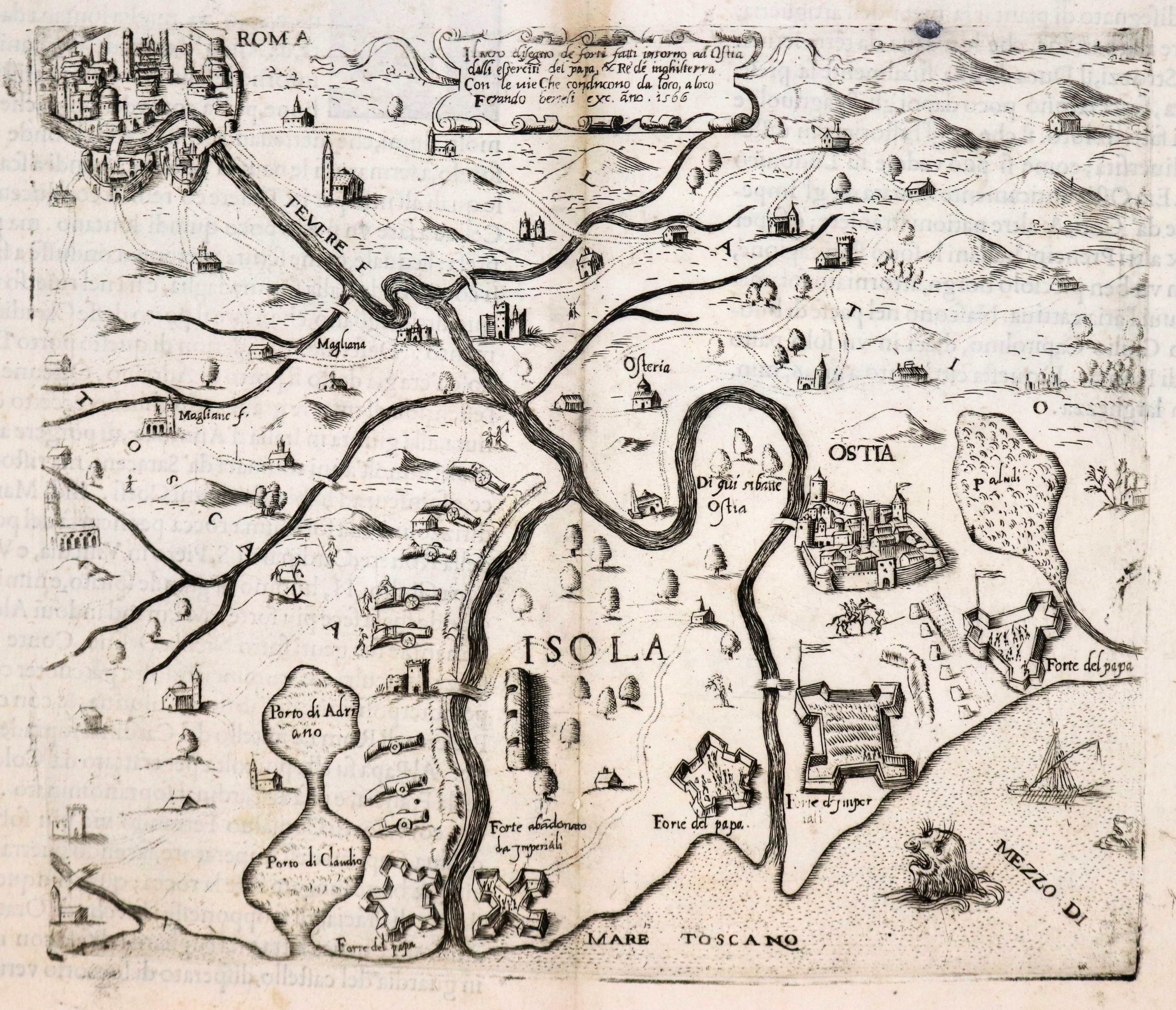Patton’s 80th Infantry Division — liberators of two concentration camps!
The Blue Ridge Path through France, Luxembourg, Germany, and Austria
$1,000
1 in stock
Description
Landing on Utah Beach, the ‘Blue Ridge Division’ fought the Nazis in four countries, helped save the 101st Airborne at Bastogne, and liberated the concentration camps of Buchenwald and Ebensee.
Only 1 institutional listing (OCLC #1015258740): Library of Congress.
Like all wars, the history of World War II is packed with stories of incredible heroism and selflessness. Sometimes such stories manifest themselves on maps, which is the case here. Our map shows the route of the 80th Infantry Division’s impressive 289-day campaign through occupied Europe. More famously known as the Blue Ridge Division, this unit of American infantrymen battled the Nazis in the horrific confrontations of the Rhineland and the Ardennes-Alsace region and played a decisive role in the Battle of the Bulge. From there, the 80th pushed the Wehrmacht back into Germany, where they witnessed some of the war’s worst horrors.
The United States Army G-3 Section of the 80th Infantry Division HQ produced the map. It was issued less than a fortnight after Germany’s final surrender, presumably as a souvenir for the troops but also to commend the bravery and sacrifice of the Blue Ridge Division. The map depicts the route taken by the Blue Ridge Division through war-torn Europe, recounting some of the highs and lows of their campaign.
The story of the 80th Infantry Division
The 80th Infantry Division was initially created in 1917, a few months after the United States first entered World War I. They quickly found themselves fighting in the trenches on the French front, but the division was disbanded soon after their return to the United States in 1918. In July 1942, the 80th Infantry Division was reestablished and ordered into active service. After a few months of training, they landed on Utah Beach in early August, just two months after D-Day.
The 80th Infantry Division consisted of a broad array of different regiments, battalions, and support units. They formed part of General Patton’s Third Army and have often been referred to as his “work-horse” due to their immediate and prolonged engagement with the enemy throughout occupied Europe. The famous nickname, “Blue Ridge Division,” refers to the Blue Ridge Mountains, which run through the same three states that most of the division’s soldiers came from (i.e. Pennsylvania, West Virginia, and Virginia). Blue triple-peaks on a green background formed the Division’s formal insignia.
The Division’s initial advance was met with fierce resistance, but the 80th played a crucial role in the breakthrough at Avranches and the liberation of Normandy. By taking the town of Argentan shortly after landing, the Blue Ridge Division helped the create the so-called Poche de Falaise (Falaise Pocket) that saw Germany’s 7th Army and 5th Panzer-division completely routed from France. This was only the beginning, though. Soon the 80th were ordered into the industrial Saar region, where they were met with devastating force by German artillery.
The Battle of the Bulge
The real test of the Blue Ridge Division’s strength came during the infamous Battle of the Bulge. Army commanders called on the 80th to hold positions in Luxembourg and Bastogne to stave off the worst of the German push through the Ardennes. The stakes could not have been higher. Failure would essentially allow Hitler to block the port of Antwerp and cut supply lines, effectively encircling the Allied army in France. At Bastogne, the 101st Airborne was surrounded and pummeled from all sides.
By Christmas Day, the fighting men of the 80th joined the tank units of the 4th Armored Division in order to fight their way through a rain of fire to help their besieged countrymen of the 101st Airborne. German plans were thwarted by the courageous resistance of the 101st Airborne, 80th Infantry, and 4th Armored, and the tide of war finally turned. Nevertheless, the outcome was the third deadliest battle in American military history, and the Blue Ridge Division paid their part of this heavy toll.
Liberation of Concentration Camps
Following the slow collapse of the Wehrmacht after the Bulge, the 80th were able to push deep into German territory, first moving north to Kassel and then turning east to take cities like Erfurt, Weimar, and Jena in just a few months. During this part of their advance, the Blue Ridge Division entered the concentration camp of Buchenwald in support of the 6th Armored Division. After its liberation, the world slowly learned about the Buchenwald camp, and it became one of the first horrific testimonials of the brutality and inhumanity of the Third Reich. The press, General Eisenhower, and Kentucky Senator Alben W. Barkley visited the camp.
Once Buchenwald and the surrounding towns had come under Allied administration, the 80th pushed south into the Nazi heartland of Bavaria. In late April, men of the 80th occupied Nürnberg, then Regensburg, until reaching the Enns River on the Austrian border. Along the way, they battled pockets of desperate German soldiers. Once the Division crossed into Austria, it liberated a second concentration camp, Ebensee, which was a sub-camp to the much larger Mauthausen camp.
Ebensee had been conceived and built relatively late in the war, not receiving prisoners before March of 1944, but quickly swelled far beyond capacity. The camp had a particular purpose for the war effort. With its idyllic location, Ebensee supplied labor for the Zement-project: an enormous rocket factory to be constructed inside the Austrian alps. It was hard labor at a brutal pace, and thousands of people were worked to death in the tunnels.
When the 80th Infantry liberated Ebensee in early May of 1945, they found some 16,000 prisoners living in the most deplorable conditions imaginable. A report issued by the CO of the Blue Ridge Division notes that disease and malnutrition were so rampant that hundreds of inmates died on the day of liberation. Despite being among the crowning achievements of the Division, both Buchenwald and Ebensee have not been included in the map. The likely reason for this is that when this map was produced in late May of 1945, the sheer scale of Germany’s crimes had not yet been fully realized.
Epilogue
The 80th Infantry would be the last division of General Patton’s Third Army to see action. While not depicted on the map, the final shots of the war were allegedly fired by the Blue Ridge Division on the Czechoslovakian front. In the early morning of May 8th, Patton issued a general cease-fire. By the formal end of the war, the 80th Infantry Division had seen 289 days of fighting and suffered 17,087 casualties and 3500 deaths. Nevertheless, they had also captured more than 200,000 enemy soldiers.
When all had been tallied, the men of the Blue Ridge Division received 6 Distinguished Unit Citations, 4 Medals of Honor, 34 Distinguished Service Crosses, 1 Distinguished Service Medal, and 771 Silver Stars.
Cartographer(s):
Condition Description
Good. Wear and discoloration along fold lines. Small 'pinhole' areas of loss at two fold intersections. Periodic foxing, especially along fold lines.
References
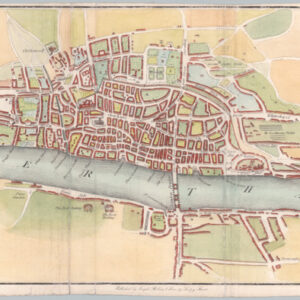

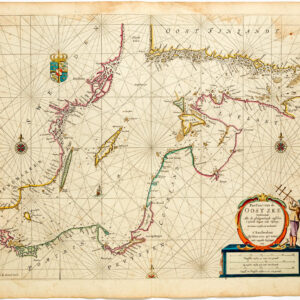
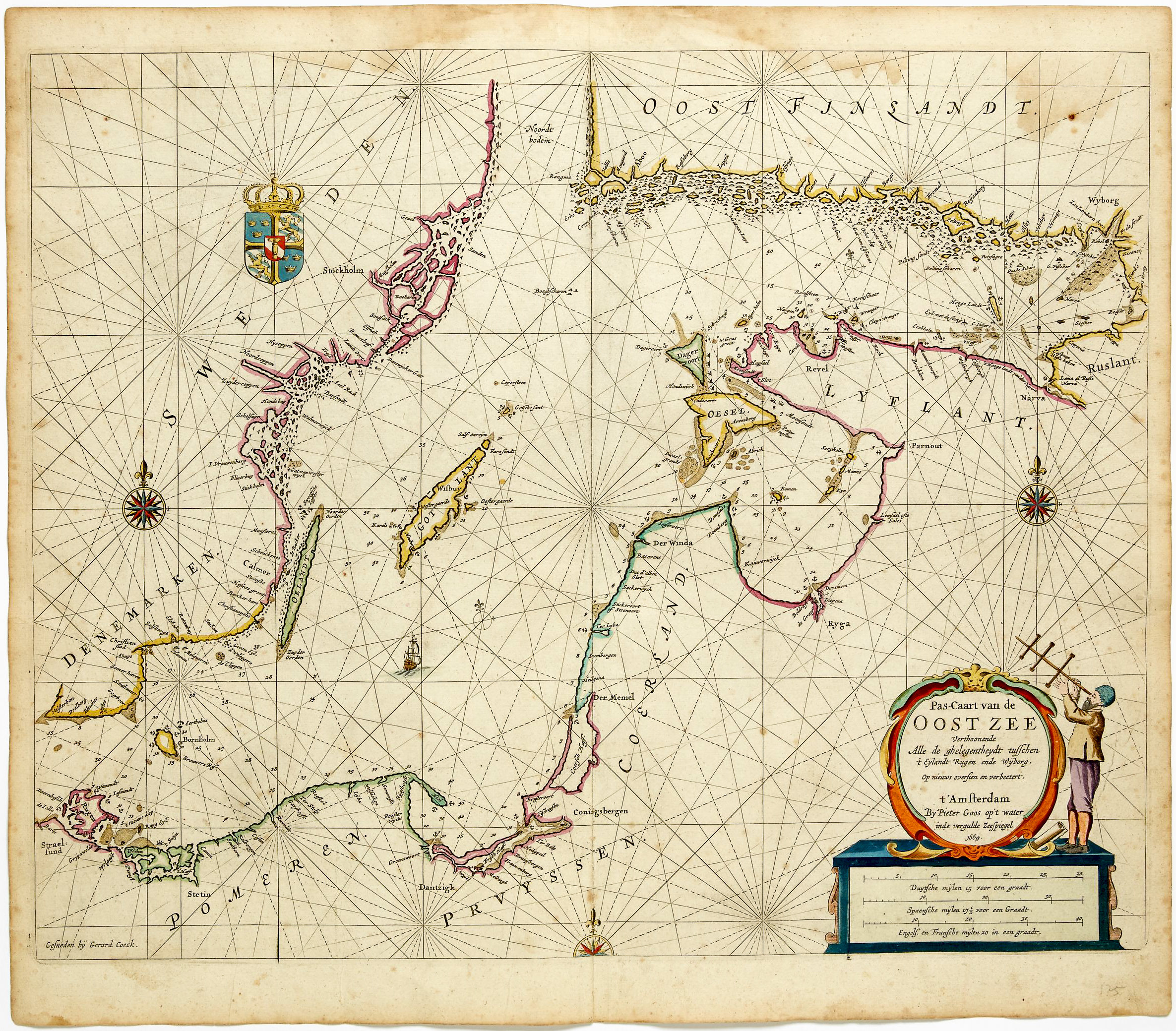
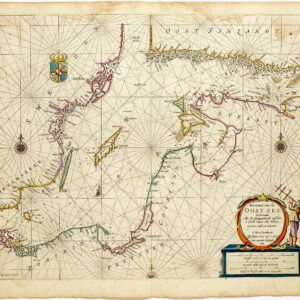
![Delimitation de la Zone Occupee [German Occupation of France]](https://neatlinemaps.com/wp-content/uploads/2019/12/NL-00782-scaled-300x300.jpg)
![Delimitation de la Zone Occupee [German Occupation of France]](https://neatlinemaps.com/wp-content/uploads/2019/12/NL-00782-scaled.jpg)

